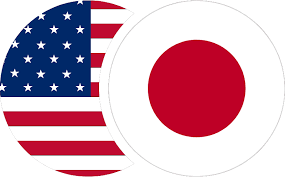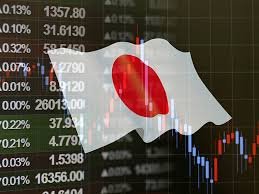The Bank of Japan’s Yield Curve Control (YCC) revision has been announced. They have shifted from a stance of firmly adhering to the previous 1% upper limit to adopting a more flexible approach with a target around 1%. The target level for the yield curve control operation has been changed to be decided depending on various circumstances. Since the content of this announcement had been known from yesterday’s Nikkei report, the market has largely priced it in or reacted less strongly than expected. This has led to a strengthening of the yen against other currencies, and USD/JPY has moved from the upper 149 yen level to the 150 yen level. All eyes are now on Bank of Japan Governor Ueda’s press conference, which is scheduled to begin at 3:30 PM Japan time.
In the overseas markets that follow, it is expected that yen-selling could continue, but a point to watch out for is the intervention vigilance of the government and the Bank of Japan. In the past, there have been instances where the yen-buying has quickly reversed. If the yen weakens significantly after an important event like this, it cannot be ruled out that actual intervention might be conducted.
At 7:00 PM Japan time, the Ministry of Finance’s International Bureau is scheduled to announce the implementation status of foreign exchange balance operations (from September 28 to October 27). This will determine whether the sudden yen-buying in October was due to actual intervention. Market reactions could go in both directions—yen weakening and yen strengthening—and it is likely to be a highly sensitive situation.
Economic indicators to be announced in the overseas markets include France’s real GDP (flash estimate for Q3 2023), Germany’s retail sales (September), the Eurozone’s real GDP (flash estimate for Q3 2023), Eurozone Consumer Price Index (HICP) (preliminary estimate for October), Brazil’s employment statistics (September), South Africa’s trade balance (September), Canada’s real GDP (August), US Employment Cost Index (Q3 2023), US Home Price Index (August), US S&P Case-Shiller Home Price Index (20 cities) (August), US Chicago Purchasing Managers’ Index (PMI) (October), and US Conference Board Consumer Confidence Index (October).
The Bank of Japan’s response has garnered attention, but it appears that the market did not fully meet expectations. For now, the plan is to follow the trend of yen-selling. However, there is vigilance about potential intervention if the situation drags on for too long. Currently, the target for USD/JPY is around 151 yen, but this is subject to change.


